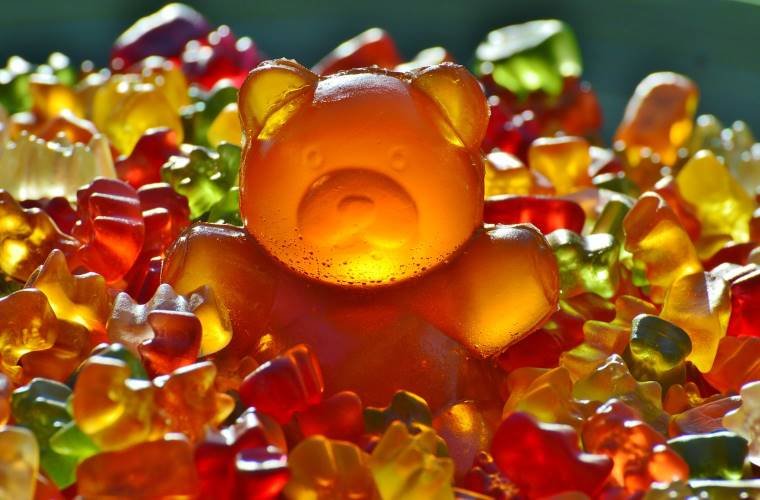Researchers have developed a new type of hydrogel called “super jelly” that can withstand the crushing impact of an elephant’s stomp or the weight of a car without losing its original shape. Made from 80% water, the material is virtually indestructible, leading to possible biomedical and robotic applications.
BACKGROUND: HYDROGELS AND PRESSURE
“Stretchy, rubber-like hydrogels have lots of interesting properties that make them a popular subject of research – such as their toughness and self-healing capabilities,” the press release announcing the breakthrough material notes, “but making hydrogels that can withstand being compressed without getting crushed is a challenge.” That’s because such materials are typically mostly water, meaning they tend to burst under any notable pressure.
This dichotomy in material versatility versus durability led a team of researchers to see if they could take advantage of the numerous positive properties of hydrogels, only without the fragility often associated with these materials.
ANALYSIS: SUPER JELLY COMES TO LIFE
“In order to make materials with the mechanical properties we want, we use crosslinkers, where two molecules are joined through a chemical bond,” said the study’s first author, Dr Zehuan Huang from the University of Cambridge. “We use reversible crosslinkers to make soft and stretchy hydrogels, but making a hard and compressible hydrogel is difficult and designing a material with these properties is completely counterintuitive.”
In this case, the team started with barrel-shaped molecules called cucurbiturils, which are cross linking molecules that can hold a pair of “guest” molecules together like a pair of handcuffs. Next, the research team introduced a specially designed guest molecule that tends to stay in the handcuffs longer than other molecules, giving the new material the ability to withstand extreme compression without losing its original shape.
“At 80% water content, you’d think it would burst apart like a water balloon, but it doesn’t: it stays intact and withstands huge compressive forces,” said Professor Oren Scherman, Director of the University’s Melville Laboratory for Polymer Synthesis. “The properties of the hydrogel are seemingly at odds with each other.”
“The way the hydrogel can withstand compression was surprising, it wasn’t like anything we’ve seen in hydrogels,” added co-author Dr. Jade McCune, from the University’s Department of Chemistry. “We also found that the compressive strength could be easily controlled through simply changing the chemical structure of the guest molecule inside the handcuff.”
OUTLOOK: BIOMEDICAL AND ROBOTICS APPLICATIONS
Published in the Journal Nature Materials, the Cambridge team notes that they can customize the “handcuffed” guest molecule, allowing them to create a whole range of material textures that still contain their indestructible nature. This not only includes the super jelly, but also materials as hard as glass.
“People have spent years making rubber-like hydrogels, but that’s just half of the picture,” said Scherman. “We’ve revisited traditional polymer physics and created a new class of materials that span the whole range of material properties from rubber-like to glass-like, completing the full picture.”
“To the best of our knowledge, this is the first time that glass-like hydrogels have been made,” added Huang. “We’re not just writing something new into the textbooks, which is really exciting, but we’re opening a new chapter in the area of high-performance soft materials.”
Follow and connect with author Christopher Plain on Twitter: @plain_fiction

